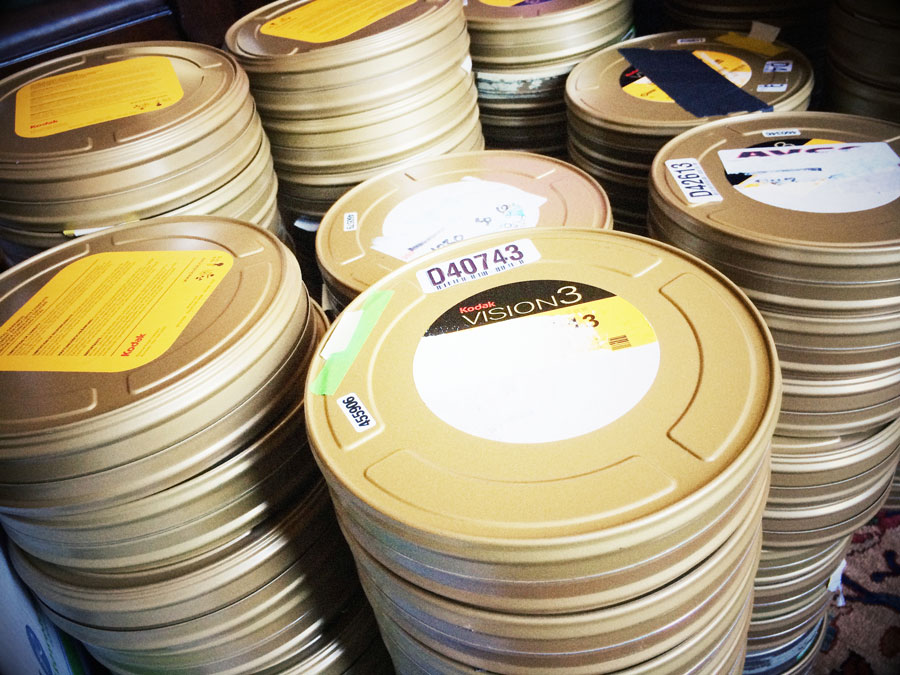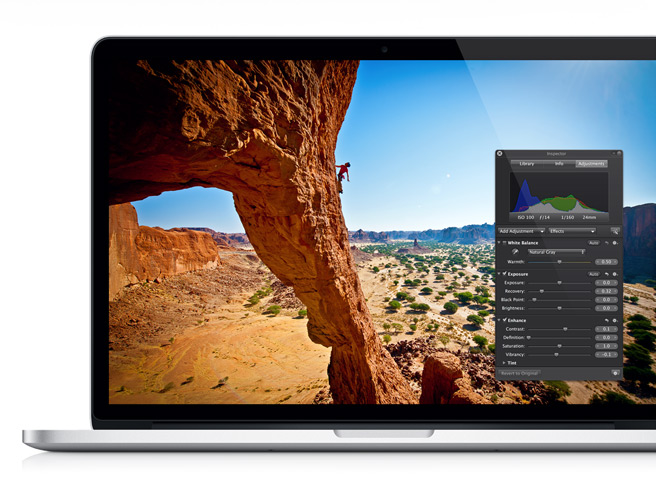I’ve had the Sony a7S for two days now. I’m doing everything wrong, and loving it.
If your life is boring, just order a new camera. The day it arrives, I guarantee you’ll have tons of other, non-camera-related stuff going on. My Sony a7S arrived into a blender of familial and professional activity. The only option I saw was to go full DV Rebel and bring the little beast with me wherever I went, in the hopes of stealing a shot or two.
Right away, I was doing everything wrong. I assumed my U3 card I’d bought for my short stint with the GH4 would work in the Sony, but the a7S specifically requires a SDXC card to record the highest data rate format, XAVC-S (50 Mbps). I had purchased the 32GB of this model, which is SDHC. The 64GH version is SDXC. Obviously.
Stuck recording only 24Mbps AVCHD, I proceeded to search my kit for my vari-ND filters, which I seem to have misplaced. Wow. Should I be telling you all this?
Luckily, both my Metabones Mark IV and FotodioX Vizelex ND Throttle EF to NEX/alpha adapters had arrived. The Metabones is expensive at $399, but necessary to control electronic EF lenses (and exceptionally well-made, down to the plastic carying case). The Vizelex adds the convenience of 10 stops of variable ND, but can’t communicate with, or even power, a lens. But if you have manual EF-mount glass, the Vizelex is easily worth the $99.95.
None More ND
Because, of course, the elephant in the blown-out room is that the a7S only goes down to ISO 3200 when shooting S-Log2, which is the Picture Profile where this camera’s unique abilities truly shine. Good for about three extra stops of highlight handling and aching to be graded, S-Log2, even at 8-bit, is half of this camera’s claim to my heart.
The other half is, of course, the full-frame sensor. You get a terrifyingly good look at it every time you change lenses. At only 12 megapixels for stills, its photosites are like giant buckets collecting excesses of light from even the darkest corners.
So why must S-Log2 bottom out at ISO 3200? Pre-production models actually went down to 1600. Why the change? Word is that it was to max out the dynamic range, and I certainly hope that’s the case—but this gotcha will make you think twice about trying to shoot S-Log2 in bright daylight.
Unless you’re doing everything wrong, like me. I slapped 2 ND8s on the front of my Schidt Optiks FF58 (which took every adapter ring I own), which, in turn, I mounted to the Vizelex. This allowed me to expose properly in daylight, at the modest expense of introducing an unpredictable green-to-purple tint to the image.
Not that you’d ever know while shooting. Capturing S-Log2 without any kind of viewing LUT falls somewhere between crazy and stupid. The best possible reason to attach an EVF or outboard monitor to this camera would be to enable a viewing LUT. Without this, it’s hard to see any color at all in the image. It’s also far too easy to grossly underexpose skin, because shadows that should really be nearly black under a proper S-curve LUT appear as bright, detailed gray. Brightening 8-bit S-Log2 in post is possible, but this ISO 3200 footage is indeed noisy, and while the noise is not unpleasant to the eye, it becomes so when you push to too hard.
The a7S cannot shoot 4K internally, which has many folks excited about the not-yet-available Atomos Shogun 4K monitor/recorder. Even if you never recorded 4K with it, its LUT capabilities would be of enormous value when shooting S-log 2.
I was so fascinated with the challenges of using this camera in bright light that I neglected to test its seemingly unrivaled low-light performance. See: Doing everything wrong.
The Pictures
The video above is a mess. I shot it mostly with food and drink in the other hand. It cut it quick, and I tried not to be too precious about color (although I couldn’t resist tracking a few masks), working entirely in Premiere Pro. I graded under a modified Kodak 2383 LUT in Magic Bullet Looks 2.5, using the new LUT Tool, as well as some top-secret stuff I’m working on(!). The combination of 8-bit, S-Log2, and AVCHD compression should result in scrambled eggs.
Instead, to me, it’s just magic.
Here’s a shot from the sunny bar where I surreptitiously shot the cocktail-making:
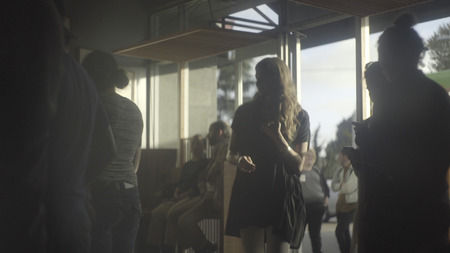
Here it is with the LUT and some color:
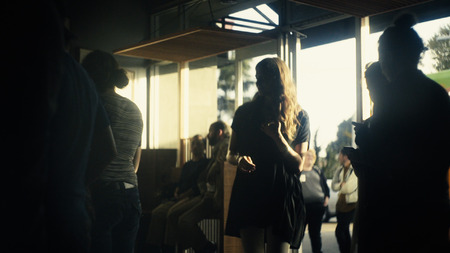
Boost the virtual exposure and detail appears in the shadows (aglow from the low-contrast, flare-crazy Schidt lens):
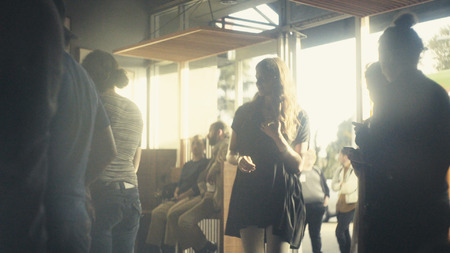
Drop the exposure and you can see clouds in the blue sky outside.
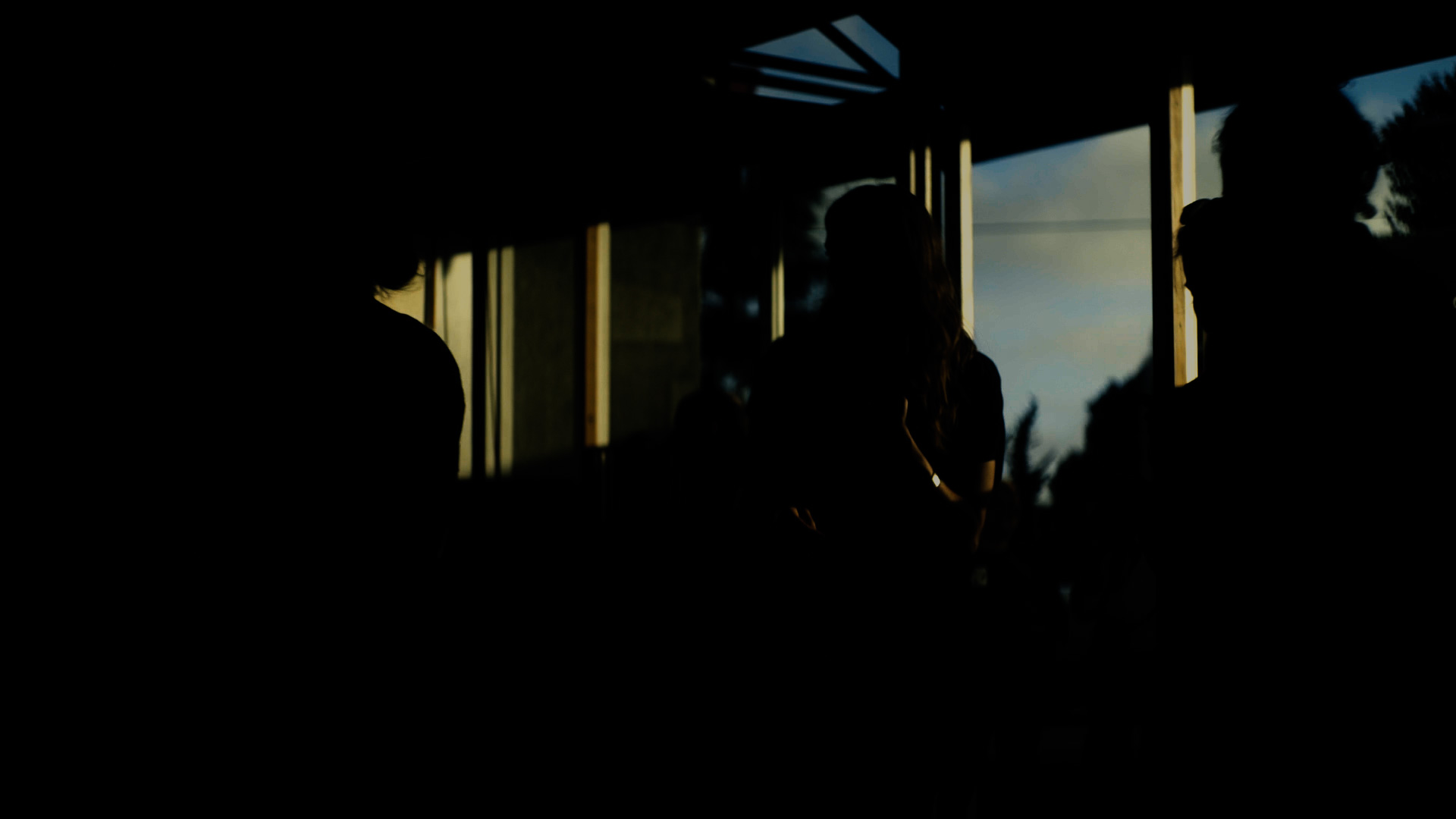
After years of suffering with the razor’s edge exposure window of the 5D, this is simply glorious.
Random Observations
I could write all day and never cover even the most basic information about this camera, so instead, here are some context-free tidbits:
- There are optional video frame guides, including one for 2.35:1 framing. I immediately assigned one of the function buttons to toggle this on and off.
- Red Giant’s Denoiser II works wonders on the S-Log2 footage. The default settings are perfect—just make sure you’re working in a 16bpc project in After Effects.
- The a7S comes with two batteries, and the wall-wart charger has three indicator lights showing the charge level. That was something that bugged me about the GH4—its charger simply lights up yes or no, giving no hint at how far along you are.
- Also included is a simple, plastic “cable protector” to keep delicate HDMI cables from getting yanked out or bent.
What’s Not to Like?
It’s painfully ironic that the low-light king of cameras has a noise problem when shooting video in broad daylight. Shooting S-Log2 without a viewing LUT is challenging, but shooting in other picture profiles reduces dynamic range enough that a big part of this camera’s appeal disappears. The alpha body is solidly-built, but it’s so maniacally small that it’s difficult to grip, especially with a big lens attached.
The small, awkward package makes for unstable hand-holding, which immeditaly reveals the camera’s pronounced rolling shutter. But in actual shooting (instead of crazy camera waving), it’s not a big deal as your first impression causes you to fear. In this video, I applied the excellent Rolling Shutter Repair effect included with Premiere Pro and After Effects to a handful of shots. It’s not a panacea, but it works shockingly well, and renders fast.
But C’mon
This camera rocks. It’s already aced my litmus test that the GH4 failed—it makes me excited to go out and shoot. I’m eager to see what happens when I start doing just a few things right.
The Sony a7S is shipping now from both Amazon and B&H. You’ll need an SDXC card. The Atomos Shogun is available for pre-order.
 Friday, July 11, 2014 at 11:20AM
Friday, July 11, 2014 at 11:20AM 